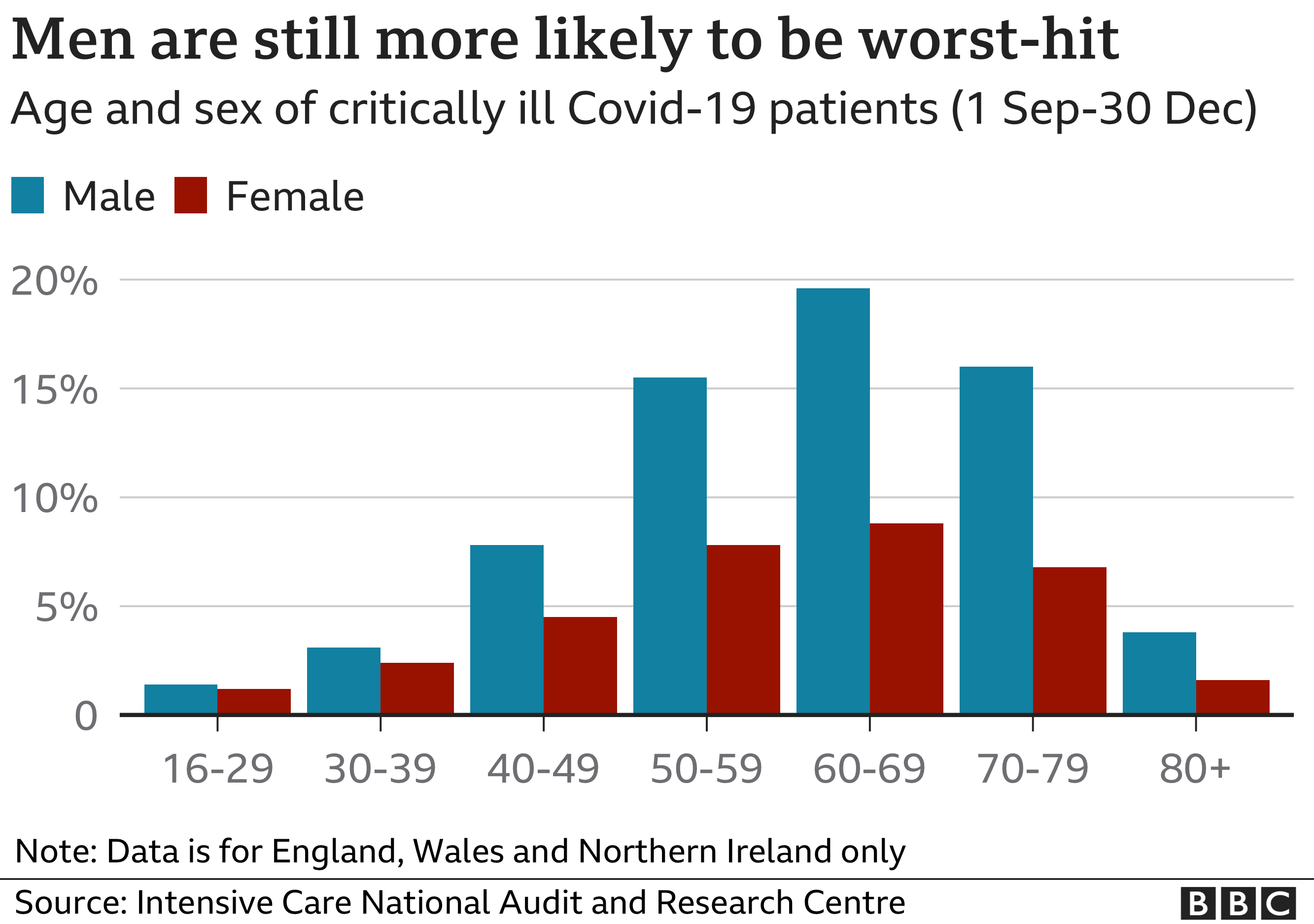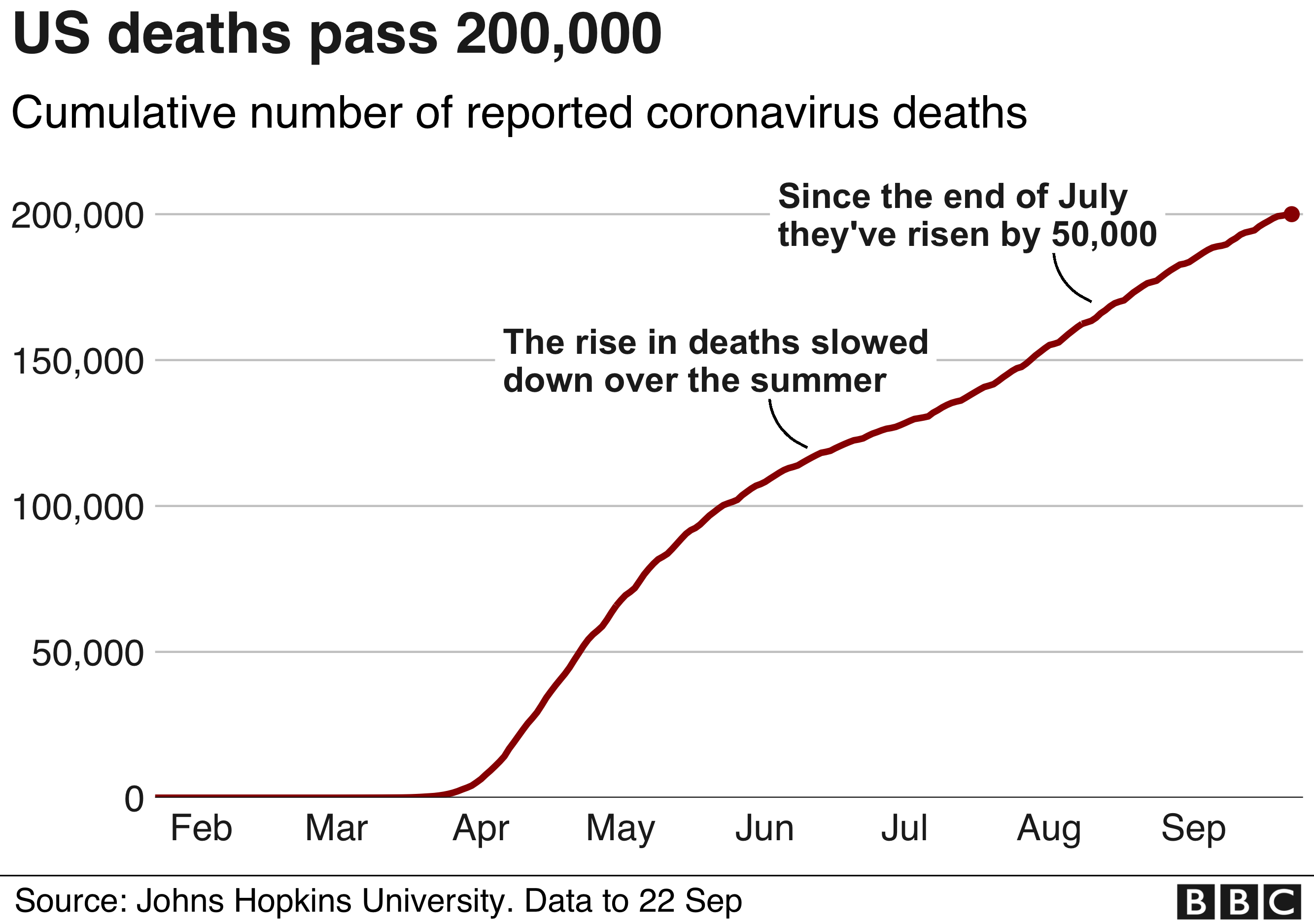

There is no standard method for grouping causes, however, the AIHW follows the recommendations of the World Health Organization (WHO) (Becker et al. Australian cause of death data by ICD-10 chapters and selected causes of death are published in the AIHW General Record of Incidence of Mortality (GRIM) books.įor leading underlying cause of death analysis, information needs to be more specific than ICD chapters and blocks. Each chapter is further divided into blocks of related diseases.

These causes can be grouped in a way that is meaningful for public health purposes.Ī common grouping is by ICD chapters which are broad categories arranged according to the type of disease, the body system affected by the disease or the circumstances causing death. Over 14,000 specific causes of illness, injury and death are presented in the International Statistical Classification of Diseases and Related Health Problems, 10th Revision (ICD-10).

Leading underlying causes of death are determined by grouping specific causes of death and counting the number of deaths assigned to each cause group. Source: AIHW National Mortality Database Table S3.2. The number of deaths of children attributed to suicide can be influenced by coronial reporting practices, see Deaths due to intentional self-harm (suicide): Coding of suicide in the Methodology of Causes of Death, Australia, ABS. There were no suicide deaths in children under 5. Heart failure refers to ‘Heart failure and complications and ill-defined heart disease (I50–I51)’.ģ. AIHW General Record of Incidence of Mortality (GRIM) books are available for selected leading causes of death.Ģ. ‘Other ill-defined causes’ include the following codes: Symptoms, signs and abnormal clinical and laboratory findings, not elsewhere classified (ICD-10 codes R00–R99, excluding R95: Sudden infant death syndrome (SIDS)) Respiratory failure of newborn (P28.5) Respiratory failure, unspecified (J96.9). Figure 3.2: Leading underlying causes of death in Australia, by age group, 2019–2021ġ. For people aged 65–74, the leading cause of death was lung cancer followed by coronary heart disease, and for people aged 85 and over, it was dementia including Alzheimer’s disease, followed by coronary heart disease. For people aged 25–44, it was also suicide (22%), followed by accidental poisoning (11%).Ĭoronary heart disease was the leading cause of death for people aged 45–64 and people aged 75–84.

Suicide was the leading cause of death among people aged 15–24 (36%), followed by land transport accidents (19%). Land transport accidents were the most common cause of death among children aged 1–14 (13%). Chronic diseases feature more prominently among people aged 45 and over, while the leading causes of death among people aged 1–44 are external causes, such as accidents and suicides (Figure 3.2).Īmong infants, perinatal and congenital conditions (which includes respiratory and cardiovascular disorders specific to the perinatal period, birth trauma and congenital malformations) caused the most (80%) deaths. Leading underlying causes of death by ageĪs well as differences by sex, the leading causes of death also vary by age. Source: AIHW National Mortality Database Table S3.1. Figure 3.1: Leading underlying causes of death in Australia, by sex, 2021 For more leading causes of death by sex see Table S3.1. Chronic obstructive pulmonary disease was the fifth leading cause of death for both males and females. Females account for more deaths due to cerebrovascular disease, whereas males accounted for more deaths due to lung cancer. Cerebrovascular disease (which includes stroke) and lung cancer were among the top 5 leading causes of death in Australia in 2021 for both males and females. Dementia including Alzheimer’s disease was the leading cause of death for females, accounting for 10,276 (13%) deaths, followed by coronary heart disease (6,960 8% of deaths). The leading cause of death for males was coronary heart disease, accounting for 10,371 (12%) deaths, followed by dementia including Alzheimer’s disease (5,664 6.3% of deaths). Leading underlying causes of death by sexįigure 3.1 shows the number of male and female deaths in 2021 contributing to the top 5 causes. Changes in the pattern of causes of death can result from changes in behaviours, exposures to disease or injury, and social and environmental circumstances, as well as from data coding practices. It is of most value when making comparisons over time or between population groups. Leading causes of death is a useful measure of population health.


 0 kommentar(er)
0 kommentar(er)
